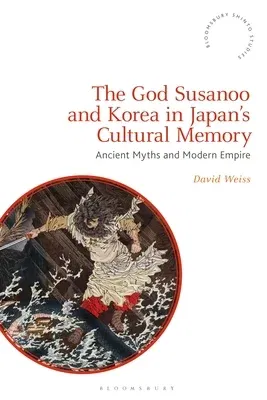David Weiss
(Author)The God Susanoo and Korea in Japan's Cultural Memory: Ancient Myths and Modern EmpirePaperback, 24 August 2023

Temporarily out of stock
Free Delivery
Cash on Delivery
15 Days
Free Returns
Secure Checkout

Part of Series
Bloomsbury Shinto Studies
Print Length
256 pages
Language
English
Publisher
Bloomsbury Academic
Date Published
24 Aug 2023
ISBN-10
1350271217
ISBN-13
9781350271210
Description
Product Details
Author:
Book Format:
Paperback
Country of Origin:
US
Date Published:
24 August 2023
Dimensions:
23.39 x
15.6 x
2.54 cm
ISBN-10:
1350271217
ISBN-13:
9781350271210
Language:
English
Location:
New York
Pages:
256
Publisher:
Series:
Weight:
453.59 gm